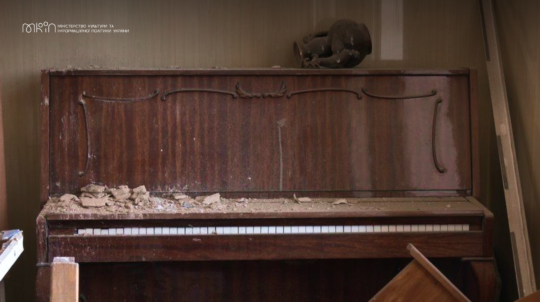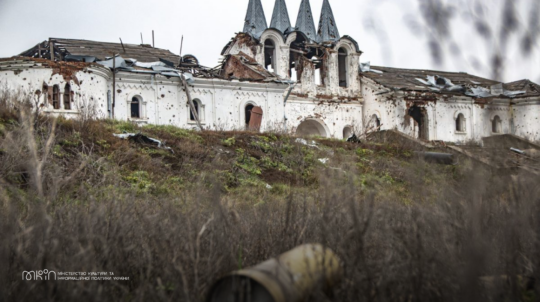On August 5, the Ministry of Culture and Information Policy of Ukraine hosted a meeting with representatives from UNESCO’s office in Ukraine, the Institute of Archaeology of Ukraine, and the National Reserve “Khortytsia”. The main topic of discussion was conducting archaeological research in areas affected by one of Europe’s largest man-made disasters – the destruction of the Kakhovka HPP dam by russian forces on June 6, 2023.
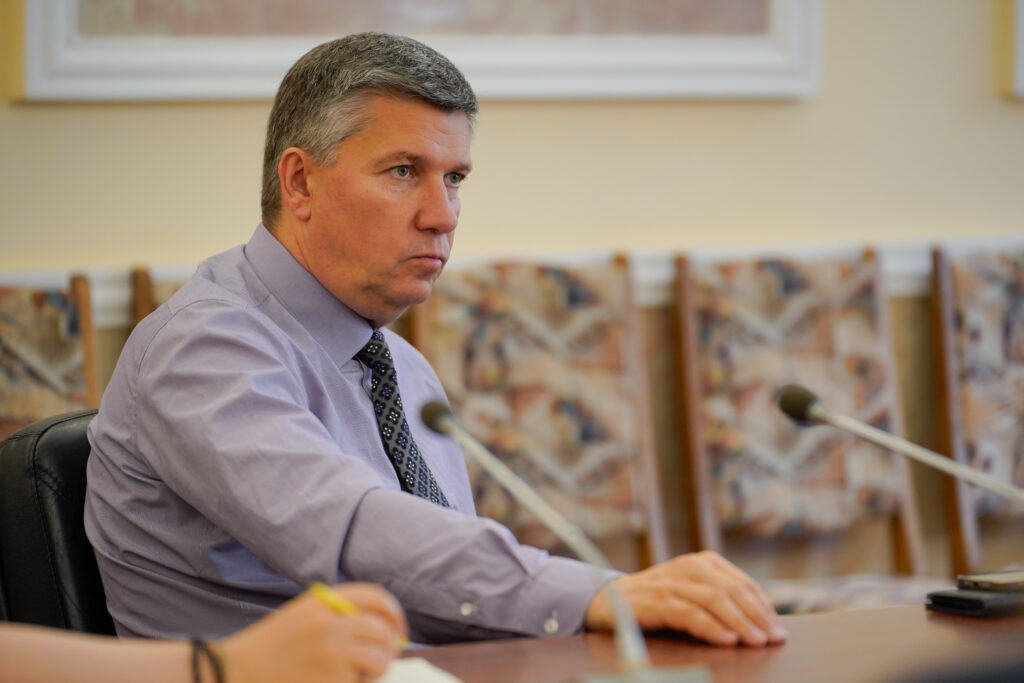
The situation regarding research in these areas is complicated due to the temporary occupation of parts of the Kherson region and its constant shelling by enemy forces. Despite this, Ukrainian archaeologists, together with the military and authorities at all levels, are doing everything possible to save the surviving artifacts.
The Institute of Archaeology of the National Academy of Sciences has prioritized monitoring activities in areas affected by the russian invasion and has already investigated 836 archaeological sites.
In total, an area of 6667.08 square meters has been researched, including: Kyiv and Kyiv region – 2381.59 square meters; Chernihiv region – 876.49 square meters; Sumy region – 205 square meters; Mykolaiv region – 3204 square meters.
“We will designate the National Reserve ‘Khortytsia’ as responsible for the implementation of this project, as it is located near the sites and has a history of involvement in the project. It is easier to address all operational issues on-site,” emphasized the Acting Minister of Culture and Information Policy of Ukraine, Rostyslav Karandieiev.
The Acting Minister also instructed to develop proposals for designating the National Reserve ‘Khortytsia’ as responsible for the implementation of the project across the entire Kakhovka Reservoir area, with the prospect of researching the left bank of the Dnipro River. Additionally, he instructed to update the issue of creating special units of the Armed Forces and the Ministry of Internal Affairs to assist archaeologists in carrying out work in the respective areas and to protect them from looting. The head of the Ministry of Culture and Information Policy also instructed to assess the security capacity to conduct research in the Dnipro-Buzka estuary area.
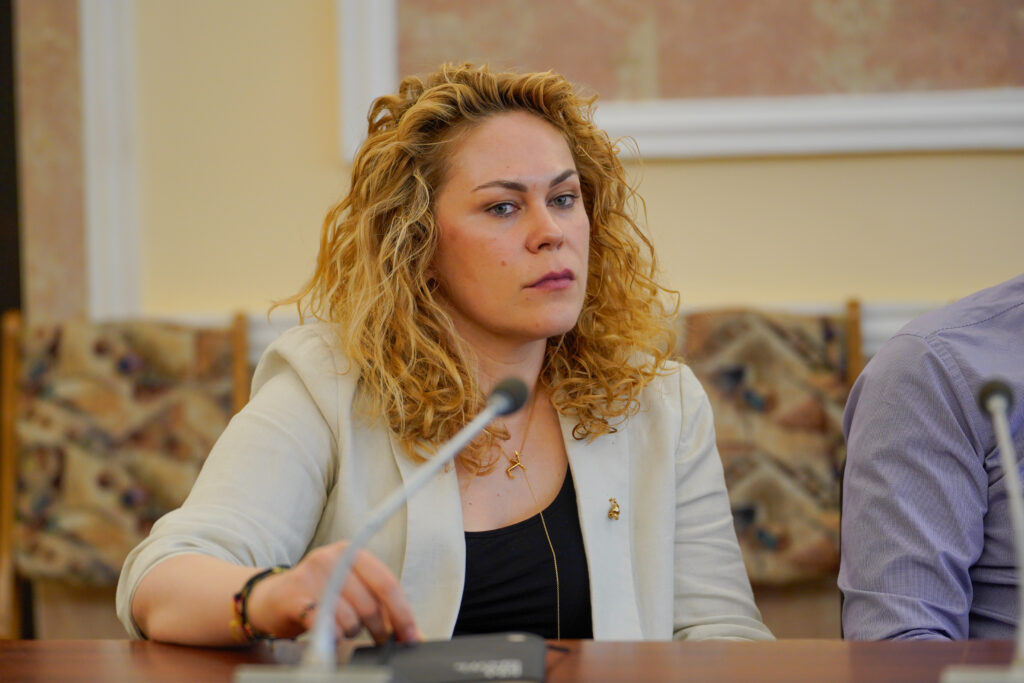
“We currently have two directions that require urgent action. The first is more strategic and involves creating units within the Armed Forces and the Ministry of Internal Affairs to assist with the research of the Kakhovka Reservoir area. The second direction is more specific and practical. We must receive reports on the state of archaeology damaged by the destruction of the Kakhovka Hydroelectric Power Plant by the beginning of the autumn season,” noted Anastasia Bondar, Deputy Minister of Culture and Information Policy for Digital Development, Digital Transformations, and Digitalization.
She also emphasized that the Ministry needs a clear plan for field visits to areas where research is feasible, considering the security situation.
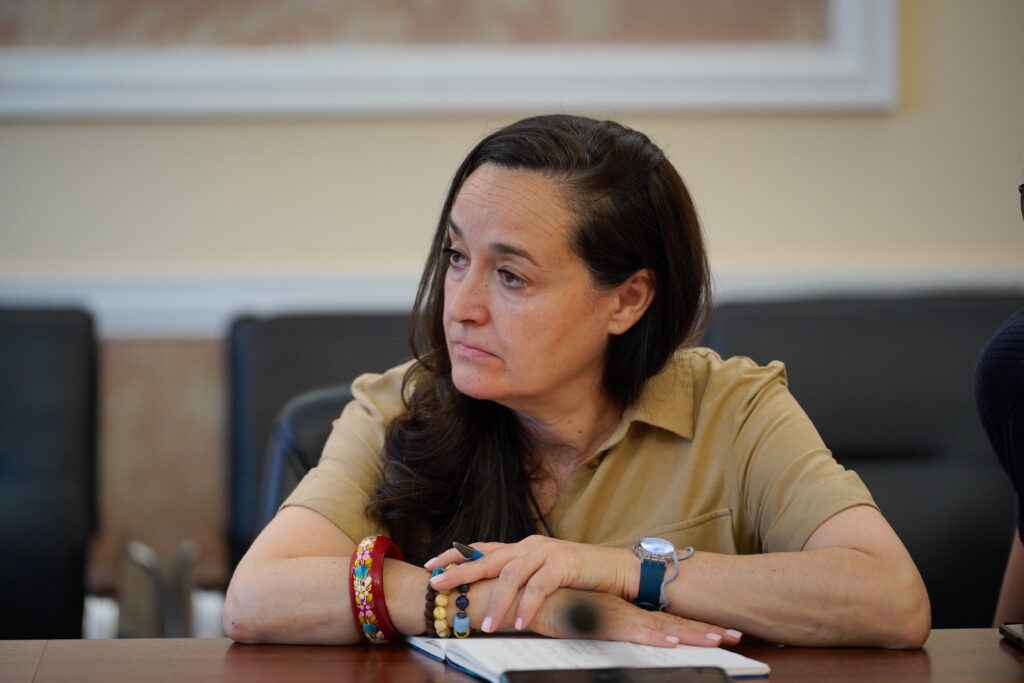
“We are ready to provide comprehensive support, including facilitating cooperation between government bodies and various organizations, as well as logistical and organizational support for this process,” said Chiara Dezzi Bardeschi, Head of UNESCO’s office in Ukraine.
She also noted that UNESCO has access to satellite imagery, which will further aid in monitoring the situation at sites in the occupied territories and can help coordinate archaeological research. Additionally, UNESCO is prepared to conduct training on standardized forms for documenting damages related to the illicit trafficking of cultural property.
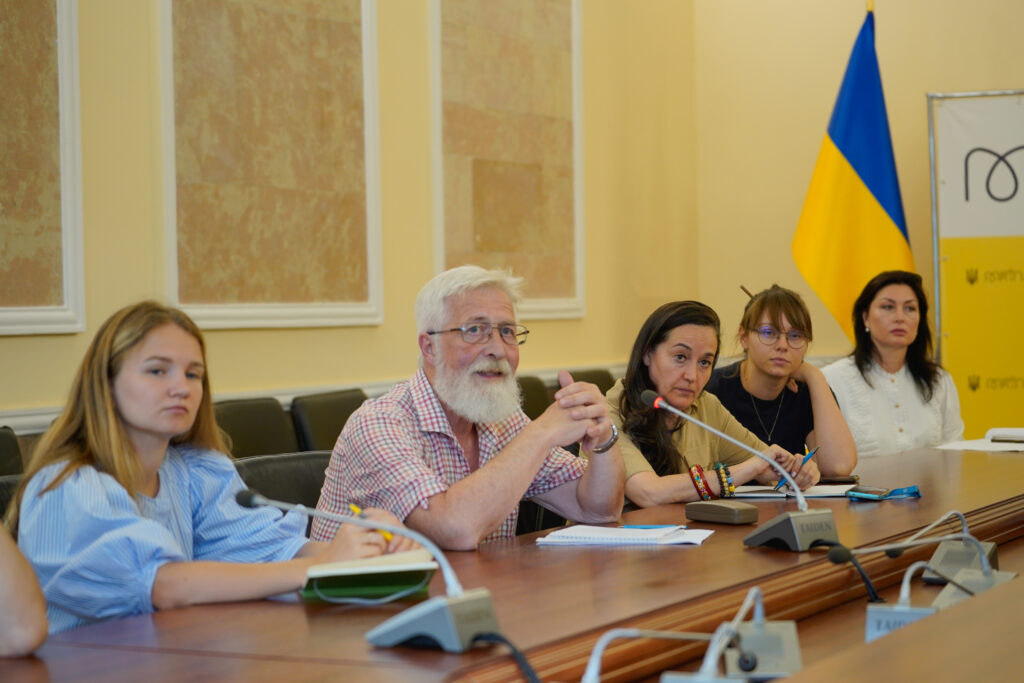
The Director of the Institute of Archaeology of the National Academy of Sciences of Ukraine, Viktor Chabai, emphasized the importance of preventing the looting of areas that have become accessible following the destruction of the Kakhovka Hydroelectric Power Plant dam by russian forces, as much as possible given security considerations.
It is important to note that dams are protected under the laws of wartime and the Geneva Convention. Their destruction is a grave war crime. Currently, hundreds of archaeological and historical sites remain at risk. Such actions by the occupiers are yet another attempt to destroy Ukrainian identity.
